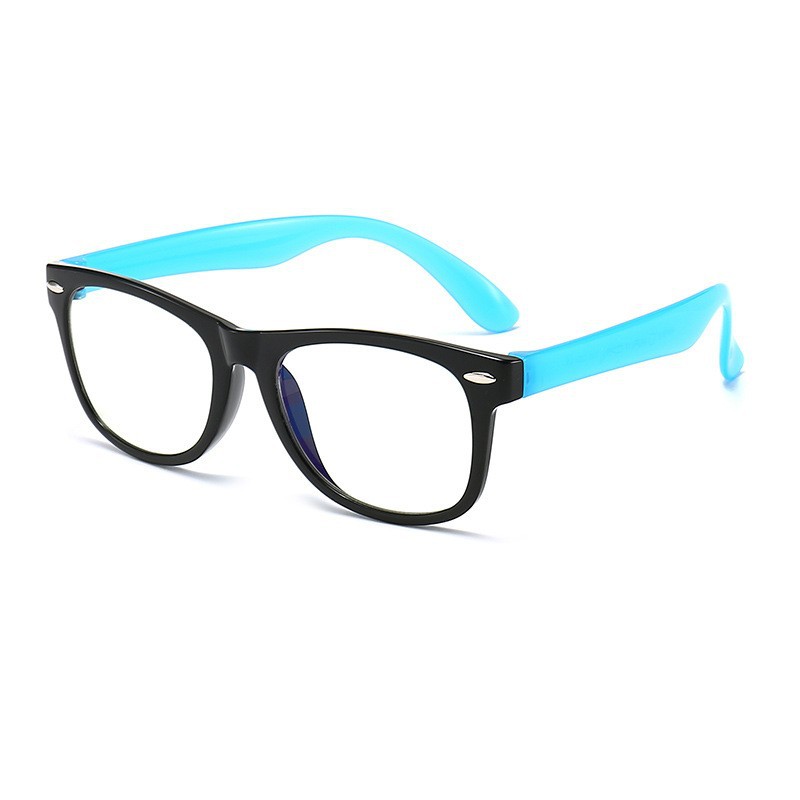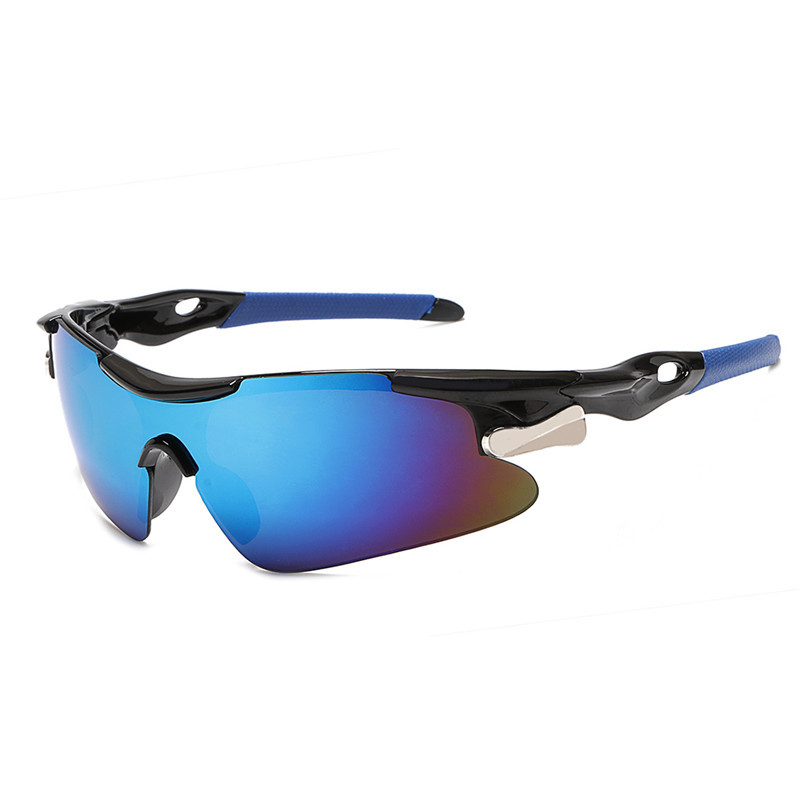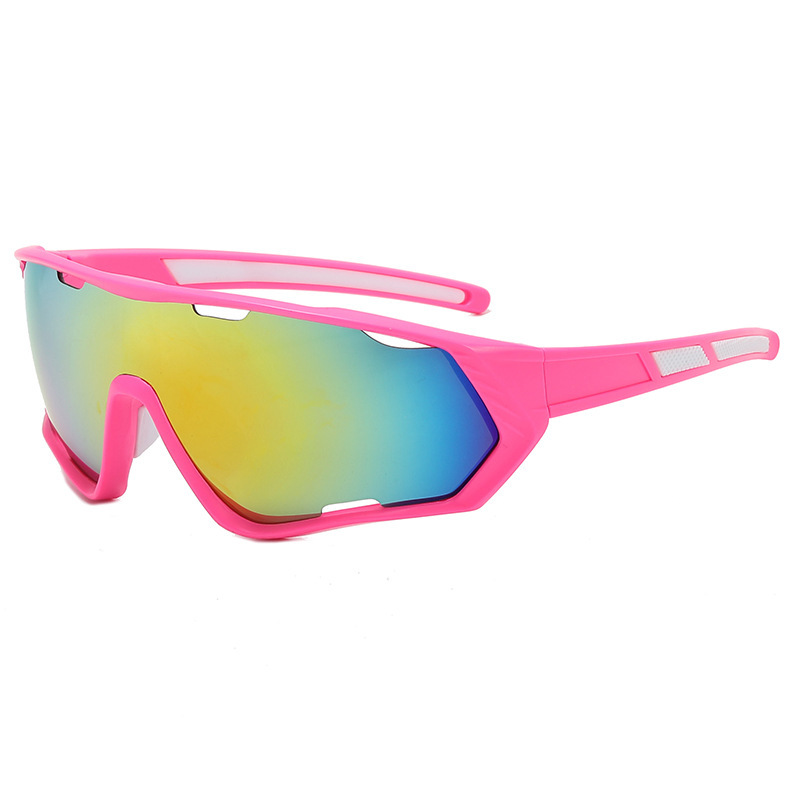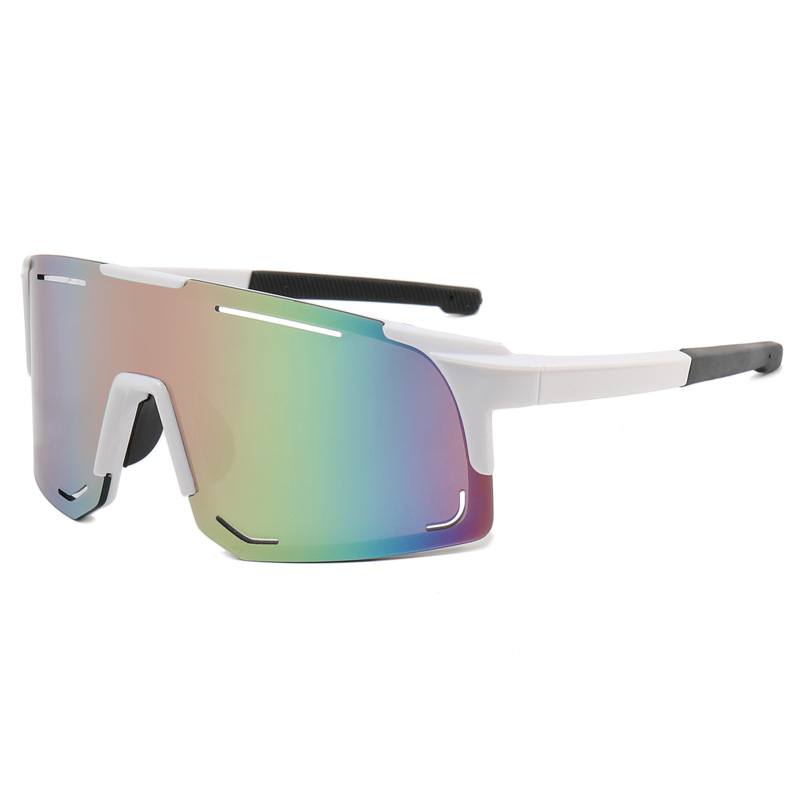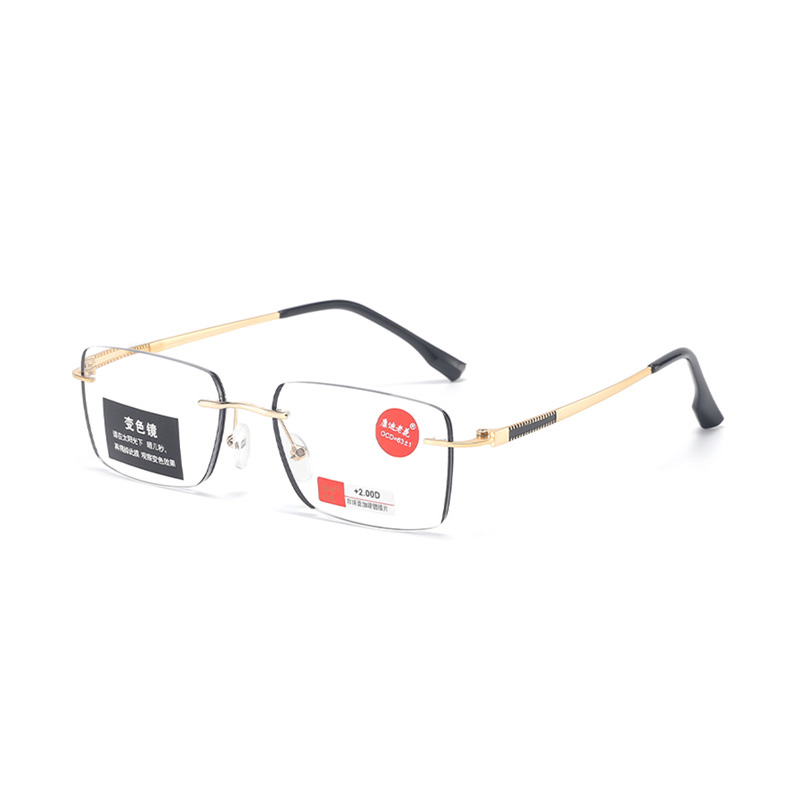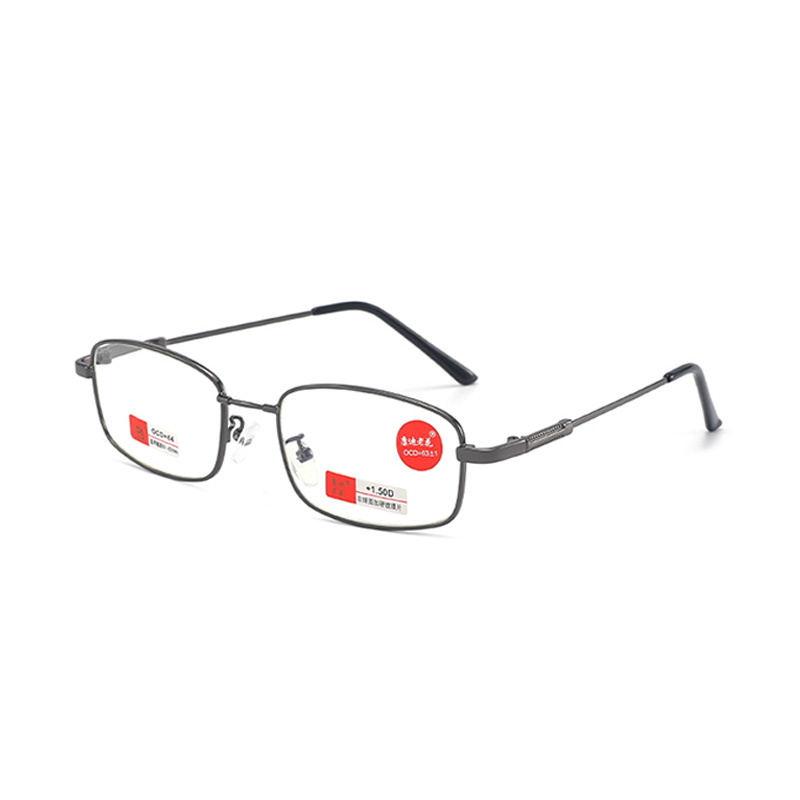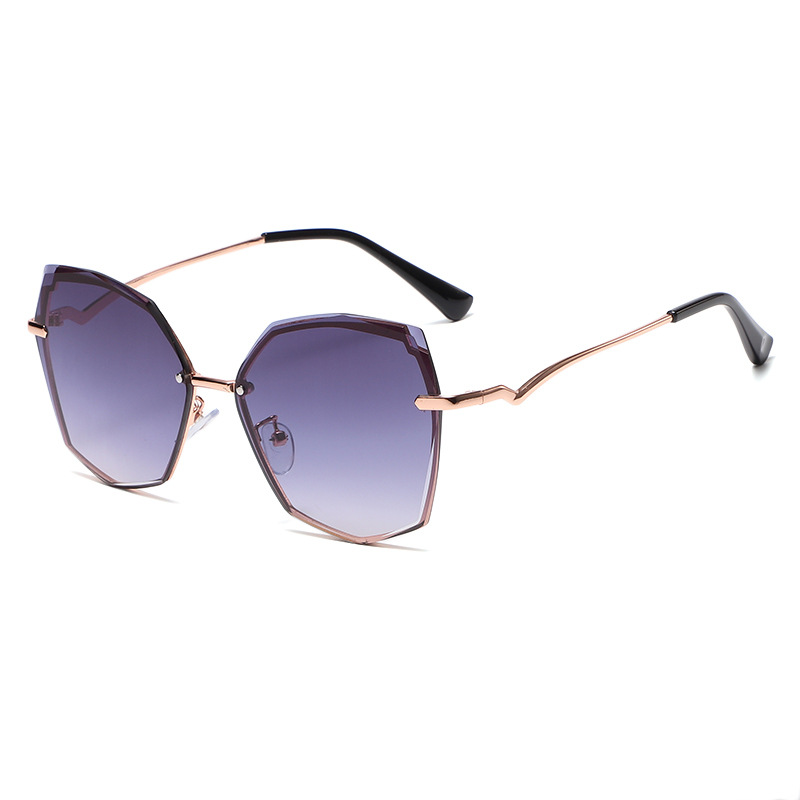The global eyewear industry is undergoing a transformative phase, and at the heart of this shift is the growing demand for Prescription Glasses that combine fashion, function, and advanced optical technology. What was once a purely medical device is now a highly personalized lifestyle accessory that reflects individual taste while addressing vision correction needs.
Fueled by rising screen time, greater awareness of eye health, and increasing access to digital eye exams, the Prescription Glasses market is expanding rapidly.
One of the significant developments in the Prescription Glasses industry is the shift toward customization. Today’s consumers expect more than just a pair of lenses to correct their vision—they want frames that match their personality and lenses tailored to their specific needs, whether it's blue light filtering, progressive bifocals, or photochromic transitions. This growing demand for personalization is reshaping how eyewear is designed, manufactured, and distributed.
Technology is playing a pivotal role in the reinvention of Prescription Glasses. AI-powered eye exams, virtual try-on features, and 3D printing of frames are becoming standard in forward-thinking optical chains. These innovations allow customers to experience greater convenience and accuracy, both in lens prescription and frame selection. Online retailers, once limited by logistical challenges, now offer seamless processes for ordering Prescription Glasses from home, making vision care more accessible than ever.
Another major trend impacting the Prescription Glasses market is the convergence of style and vision correction. Eyewear brands are collaborating with fashion houses, influencers, and celebrities to create frame collections that blur the line between medical necessity and fashion statement. The rise of “geek chic” and retro aesthetics has helped elevate Prescription Glasses into coveted accessories, even among individuals who wear them only occasionally.

Environmental consciousness is also influencing consumer preferences. As sustainability becomes a priority across industries, eyewear brands are introducing eco-friendly Prescription Glasses made from biodegradable acetate, recycled metals, and ocean plastic. Packaging has also become a point of differentiation, with companies using recyclable materials and minimalist designs to reduce waste and promote green practices.
From a retail perspective, both traditional opticians and online platforms are adjusting their strategies to cater to the evolving expectations of the Prescription Glasses shopper. Omnichannel experiences are becoming more popular, allowing customers to browse online, complete virtual fittings, and then pick up or adjust their frames in-store. Retailers are also offering lens subscription services, bundling maintenance and eye checkups with regular updates to customers’ Prescription Glasses.
The healthcare sector is also taking a closer look at the role Prescription Glasses play in overall wellness. Studies show that untreated vision problems can to headaches, poor academic performance in children, and even increased fall risk among the elderly. As such, there is a growing push to make routine eye exams and Prescription Glasses more widely available through public health initiatives and insurance programs.
Emerging markets are a critical driver of growth. In regions where access to eye care has historically been limited, mobile clinics and tele-optometry services are making it easier for people to obtain Prescription Glasses. NGOs and social enterprises are working to distribute affordable eyewear to underserved communities, demonstrating that Prescription Glasses are not just a commodity—they are a crucial tool for improving quality of life.
Looking forward, innovation in lens technology will continue to propel the industry. Smart lenses with augmented reality capabilities, lenses that adapt instantly to light conditions, and ultra-thin materials are already in development. These advancements signal a future where Prescription Glasses do more than correct vision—they enhance it.
In conclusion, Prescription Glasses are at the center of a multi-dimensional evolution in the eyewear industry. Combining medical utility with fashion, technology, and sustainability, they represent a product category that is both timeless and forward-thinking. As consumer needs grow more sophisticated, the companies that adapt will help shape a clearer, smarter future for everyone.

 English
English Español
Español